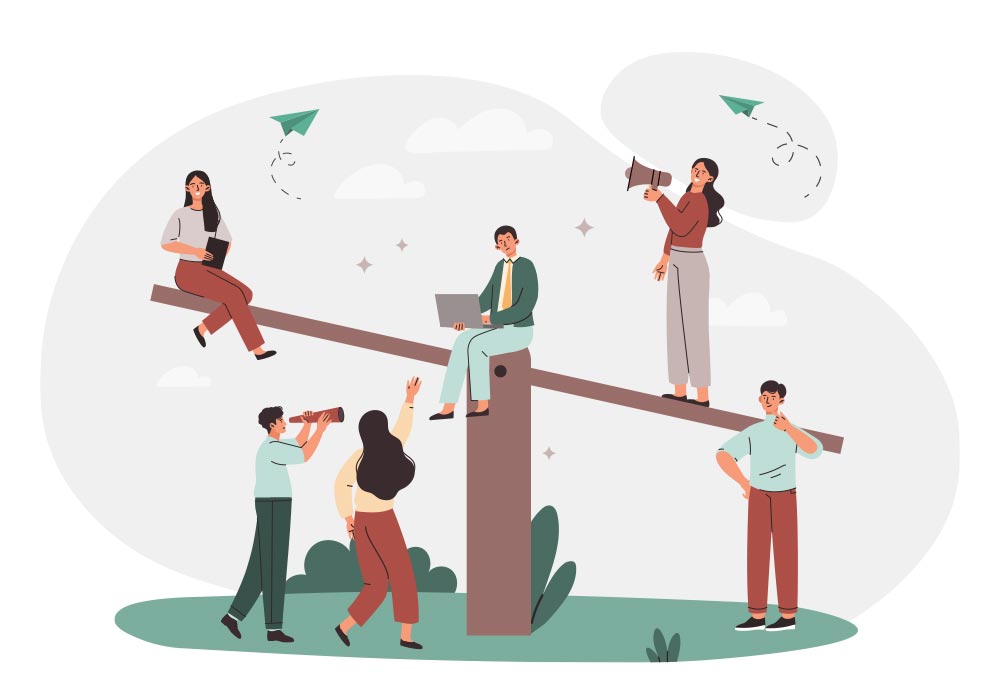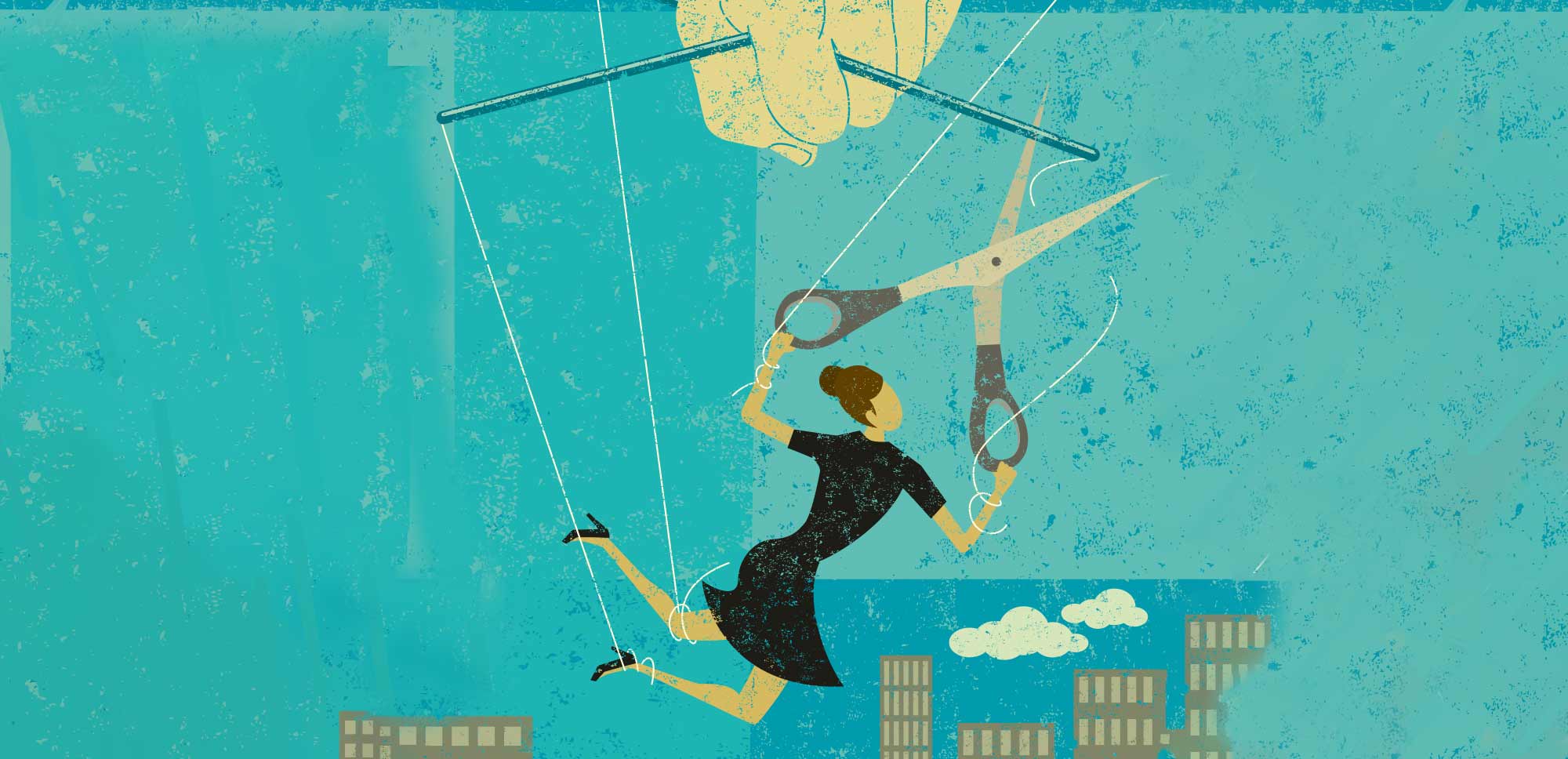The social and working reality is constantly changing, faster and faster. So much so that it’s now necessary to talk about a new concept of work-life balance.
What will I read about in this article?
Work-life balance, from concept to practice
Does the name Robert Owen ring a bell? Well, it is thanks to him that we now enjoy 8-hour working days. This English businessman, who can be regarded as the father of work-life balance, believed that the working practices of the early 19th century were too demanding. As a solution, he proposed a working day consisting of “eight hours of work, eight hours of leisure and eight hours of rest”.
For anyone who has ever juggled a demanding workday with parenting (not to mention housework or exercise), work-life balance is more of a theoretical concept than an actual practice.
Having the time and the ability to combine work with quality family time and a good night’s sleep is, for many families, an unattainable dream. A mirage that frustrates many people who try to achieve it without success.
“Having the time and the ability to combine work with quality family time and restful sleep is, for many families, an unattainable dream”.
The pandemic didn’t help either. Remember that video of Professor Robert Kelly, interrupted by his children while doing an interview for the BBC via video call? Introducing work at home is not always synonymous with balance.
But, the search for real balance through flexibility has become such a priority that many people are changing jobs or organisations based on these standards. In fact, it was one of the triggers for the Great Resignation, during which more than 50 million people left their jobs in 2022 in the United States alone. Data from Microsoft’s annual Work Trends Index 2022 Report showed that more than half of millennial and Generation Z workers who quit cited a lack of work-life balance or lack of flexibility as the reason.

A new definition of work-life balance
One thing is clear: more than ever, and more than anything, people want to be able to reconcile their work and personal time. But what falls under this new concept of work-life balance? It’s now a broader, deeper and more nuanced term, where there’s no longer a one-size-fits-all solution.
From flexitime to open dialogue
Flexible working hours started with the implementation of flexible start and finish times, where the employee could enter and leave the office earlier or later depending on personal needs: a visit to the doctor, a bank transaction, taking the children to school, etc.
Flexible working hours are an important part of how workers define work-life balance. But that’s only the beginning. What workers see as work-life balance has expanded.
As this BBC report says, it is increasingly mentioned that what’s important to ensure balance is a holistically healthy work environment that facilitates an open dialogue between employees and organisations. This communication allows them to address their personal lives in the context of their careers and create the life they want.
“The essential thing to ensure a balance is a holistically healthy work environment that facilitates an open dialogue between employees and organisations”.
From take-home work to hybrid models
Technology has not always been in favour of work-life balance. Having access to corporate email at home or being able to finish a report in the evening before going to bed meant that many people took work home and added hours to their working day. The same was true for out-of-office work calls and so on.
The same BBC report claims that this rise of the hustle culture led some employees to stop prioritising work-life balance because work had crept into their home.
Fortunately, this changed with the emergence of hybrid working models. As well as allowing workers to work their day from wherever they wanted – the office, their home or a coffee shop in Thailand – this transformation also meant that workers’ personal lives were brought into their working lives. For both good and bad, as we discuss here.
Hybrid models encouraged workers to re-invest in separating the two. People realised that it’s also possible to prioritise family or private life, even during working hours. Without, of course, neglecting deadlines and overall performance.

From work-life balance to a holistic view of well-being
Workers now feel they can customise their own work-life balance according to their priorities and needs. A balanced life integrates the personal and professional in a healthy way, giving due time and energy to the career, but not necessarily making 100% of one’s day revolve around it.
In a 2022 survey of 1120 US workers by Forbes Health, which asked employees about their priorities, the only thing that rivalled financial stability was work-life balance, with 90% rating it as “an important aspect of their job”.
In addition, people look for other benefits to help foster a healthy integration of work and life. They expect the organisation to promote an environment of empathy and recognition, and to provide access to health and wellness resources.
Given that we’re currently aware of the difficulties of separating work and personal life, the aim is for companies to facilitate the work-life balance of their employees. In other words, demands that directly improve their personal lives, saving them time and minimising certain concerns. We’re talking, for example, about childcare services or benefits for the care of dependents.
But evolution is an ongoing process, and while work-life balance has evolved into an integration of work and life, it may continue to change as workers’ wants and needs become even more personalised, especially as they navigate different lifestyles and priorities.
Sources:


